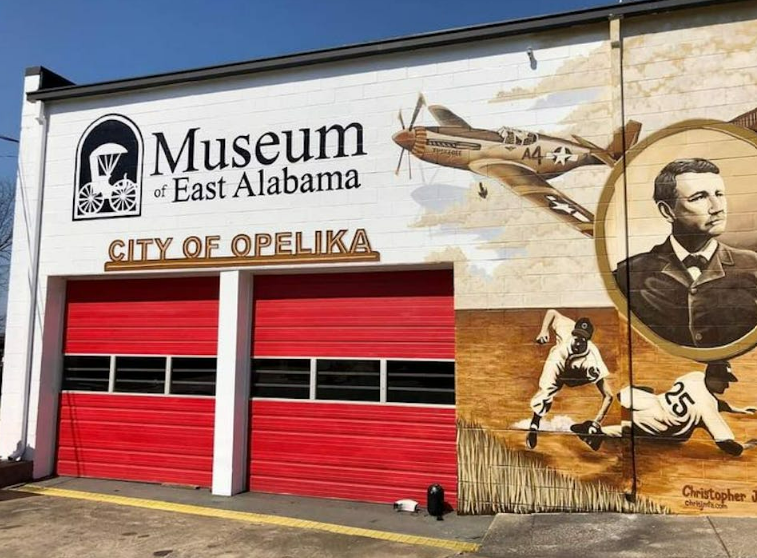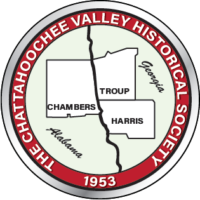History Close to Home:
The Museum of East Alabama

Are you a resident of East Alabama? Did you grow up there? If not, have you ever visited the region? It is a region with a rather complex history and a richness of stories and other trappings of days long gone. Fortunately, though, there is a place where this is made easier (and wonderfully presentable). This place, of course, is the Museum of East Alabama in Opelika, AL.
Please join us for a discussion on this wonderful museum on Sunday, April 23rd, 2023, at 2:00 PM CDT (3:00 PM EDT) for our quarterly presentation. This virtual presentation (once again on Zoom) will feature the director of the museum. Our presenter, Mr. Glenn Buxton, has been the official director of the Museum of East Alabama since he retired from a long broadcasting career in 2006. He will be discussing the various exhibits and services that the Museum of East Alabama currently provides.
The Museum of East Alabama was first open to the public in 1989. It occupies the site of the former Clement Hotel on 121 South St. in downtown Opelika, AL. It is open to the public, free of charge, from 10 AM to 4 PM Tuesdays through Fridays. The museum has an impressive collection of artifacts and exhibits on display detailing the history of this region from pre-Columbian times up until the present day.
The Museum currently has two main exhibition halls, the one adjacent to the main room being reserved for the history of Alabama’s Native peoples. These exhibits cover a wide variety of historical periods of Native history in Alabama. Its oldest (and most well-known) artifact on display is a canoe used by the “Eastern Woodland” culture in 3500 B.C. The canoe was originally unearthed in northwestern Florida, but used by the same Eastern Woodland peoples who inhabited what is now East Alabama during the same time period. They have many other artifacts from both ancient and more “recent” Native inhabitants of Alabama. These artifacts include projectile artifacts (“arrowheads”), pottery, jewelry and ceremonial wear, and more. The most “recent” Native exhibit is a pair of Muscogee women’s legging (a ceremonial outfit) going back to the early 1840s.
There are many other interesting exhibits on display, such as several clothing exhibits spanning back 200 years. One of the more interesting of these is a collection of wedding gowns worn by women of the region throughout various decades of the 20th century (from the 1920s up until the 1950s). There are some very interesting “war-time” exhibits covering the “spoils of war” from World War II. One of the most notable are the collection of Samurai swords (formerly owned by officers in the Japanese Imperial Forces) confiscated by U.S. servicemen native to Lee County during the war. As one can also probably imagine, there are many exhibits focusing on the Industrial history of this region (including machinery and other exhibits from the various cotton mills that once employed the majority of East Alabama’s work force). The most recent display is an exhibit on the unfortunate history of lynchings and extrajudicial killings that African-Americans often endured in Alabama from the Reconstruction era up until the late 20th century. Part of the larger “remembrance project” based out of Montgomery, this exhibit was largely curated and produced by the History Department at Auburn University.
Join us for this very informative and interesting presentation on April 23rd. To attend this virtual meeting email ccpowers02@gmail.com prior to 12:00 PM noon (EDT) on Sunday, April 23rd. You will then be sent the Zoom link with instructions regarding how to join the meeting.
